All about rubble for drainage

Drainage from geotextiles and crushed stone 5-20 mm or other size is quite popular when arranging garden paths, drainage ditches, and other structures that require quick removal of excess moisture. Crushed stone forms a solid cushion for foundations, plinths, blind areas, laying tiles or other coatings, and its cost does not hit the budget of summer residents too much. It is worth thinking about which version of crushed stone is better to use than it is possible to replace it, even before starting work, at the stage of calculations and procurement of materials.
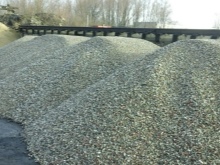
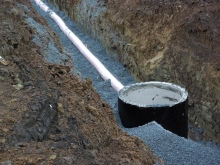

Description
In areas with dense clay soils, the problem of water drainage is always especially acute. Most often, it is solved by digging ditches, followed by laying special pipes with holes in them. But this is not enough - it is necessary that the resulting channel is not clogged. It is for this purpose that crushed stone is poured into the ditches for drainage: crushed stone that serves as a natural barrier to silt and other particles that can lead to pollution.
On the territory of a site with clay soil, the formation of a drainage network is of particular importance.
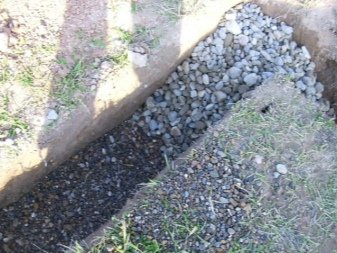
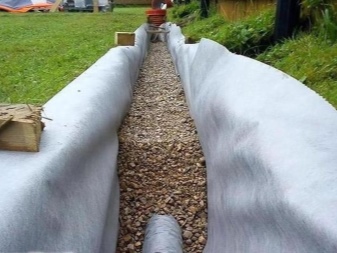
Crushed stone drainage for filling ditches, canals and other landscape elements is made by mechanical crushing of large stone in industrial drums. The stone acquires an angular shape, a rough surface structure. It does not cake during the compaction process, retains its filtering capacity throughout its entire service life.
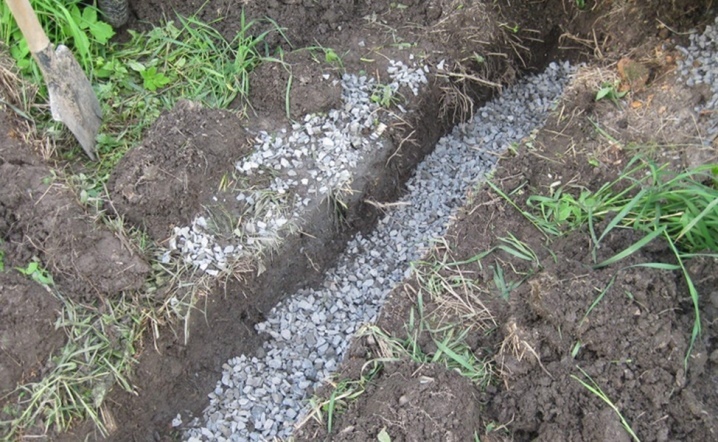
Views
There are several types of crushed stone, each of which is made from a specific rock or mineral. They differ in their performance, hardness and density. The most popular options are worth considering in more detail.
-
Granite. This type of crushed stone is obtained from rock, which is considered to be the hardest and most durable. Crushed stone retains these properties, while it is frost-resistant, has a service life of up to 40 years. Crushed granite can have a fairly high background radiation. When choosing a material, it is important to pay attention to this indicator - the permissible norms do not exceed 370 Bq / kg.
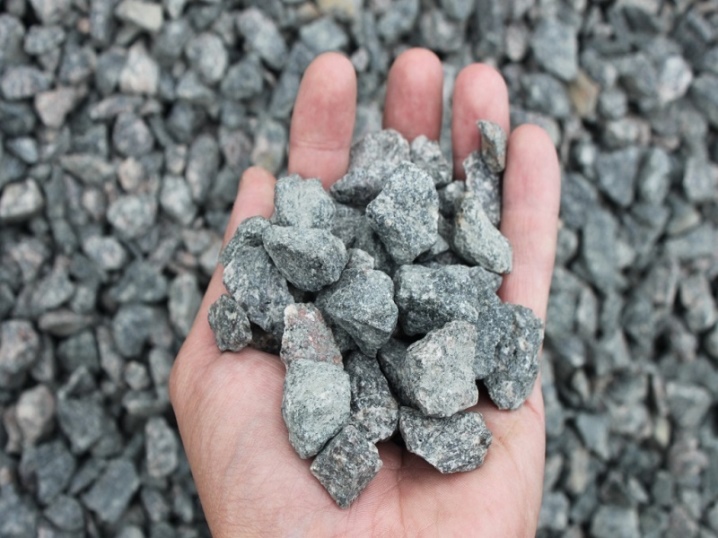
- Limestone. The most inexpensive and environmentally friendly type of crushed stone. It is obtained by crushing limestone or dolomite - sedimentary, not too strong rocks. This shortens the life of the drainage, in addition, such a stone can only be used on soils with low acidity, dry and non-freezing.

- Gravel. It is produced by crushing rocks slightly inferior in hardness to granite. The resulting material has a much lower radioactive background, it is safe, and is inexpensive. In terms of bulk density and particle shape, gravel crushed stone is as close as possible to granite.

- Secondary. This type of crushed stone is classified as construction waste. It is obtained by crushing concrete, asphalt, and other waste sent for processing. Secondary crushed stone is very cheap, but in terms of its strength characteristics it is much inferior to that obtained from natural stone.
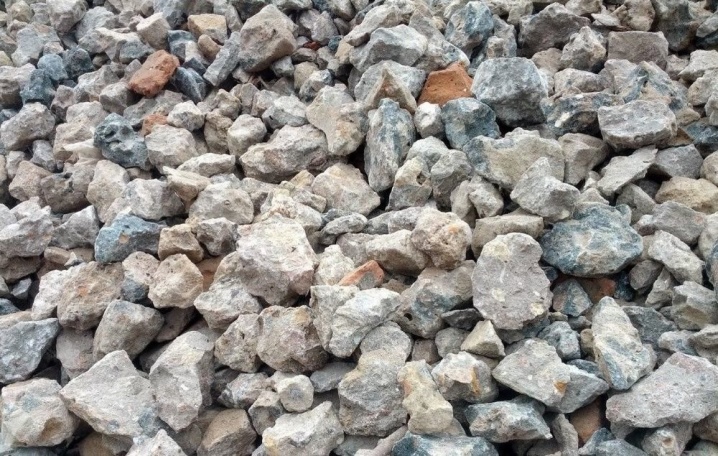
- Slag. This product is also classified as industrial waste. It is obtained by crushing metallurgical slag. The environmental safety of the material depends on the feedstock.
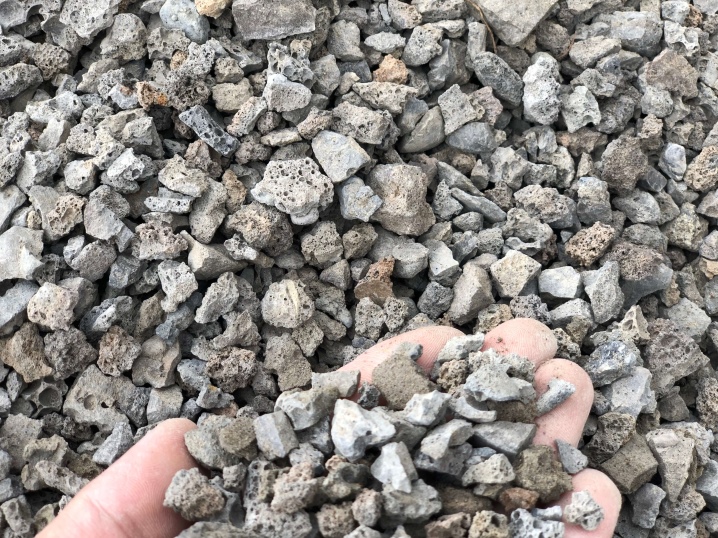
All these types of crushed stone are available for purchase, use on the site when creating drainage. It is only important to choose the right option.
Which crushed stone is better to choose?
When deciding which crushed stone to use in order to backfill drainage pipes, a ditch or a well, it is important first of all to determine the size of its fractions. There are a few things to consider.
-
Purpose and size. For drainage, in its classical sense, a crushed stone size of up to 40 mm is needed. The finer screenings are used to form the bottom layer in the water drainage ditches. Crushed stone with a fraction size of 5-20 mm is considered construction, but it can also be introduced into the pit when planting plants.
-
Material type. The least attractive option is secondary crushed stone. It quickly collapses, has a weak frost resistance. The dolomite variety of crushed stone fully possesses the same disadvantages, but it can be used for local application when planting plants as an additional source of lime. For the arrangement of drainage systems, granite and gravel crushed stone has the best properties - these are the options that have the best filtering properties.
-
Specifications. The optimal flakiness (that is, grain size) of crushed stone for backfill for drainage purposes has indicators from 15 to 25%. According to the level of frost resistance, it is better to choose crushed stone that can withstand at least 300 cycles of extreme temperature drop and thawing. When arranging drainage, it is also important to pay attention to the strength characteristics of the backfill: the optimal indicators will be from 5 to 15%.
-
Radioactivity level. Materials of I and II classes are approved for use. This should be taken into account when choosing a suitable backfill for drainage ditches. It is better not to take granite crushed stone for plots near residential buildings, agricultural land. The gravel option would be the best solution.
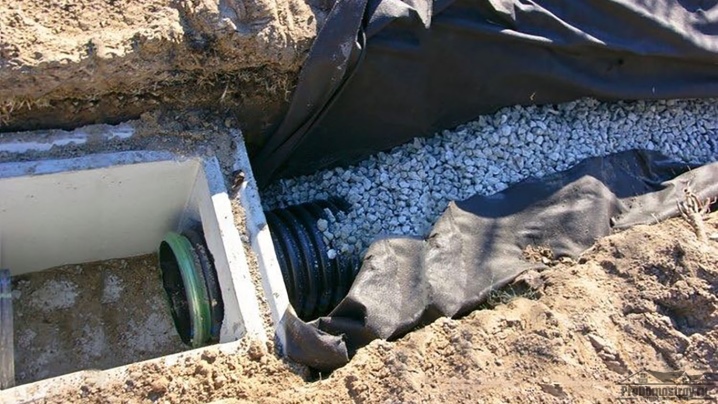
These are the main recommendations that should be taken into account when selecting drainage crushed stone. Finding the best option is not difficult. After all, crushed stone is produced in abundance in all regions, is on sale in a wide range and in all sizes.
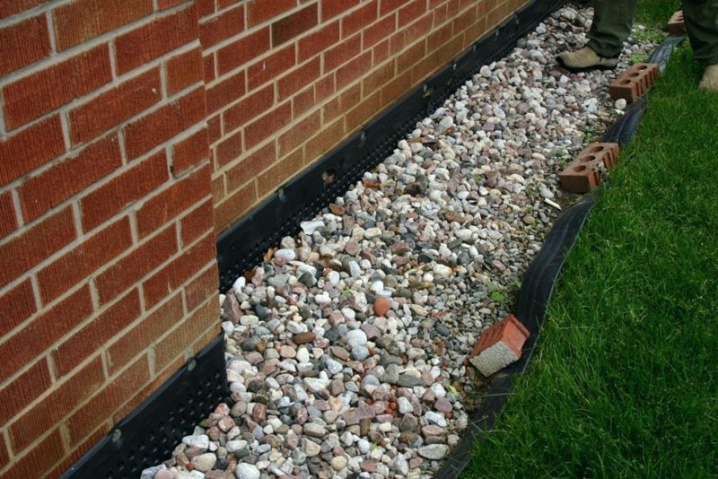
Application features
A drainage device using crushed stone provides for a number of works. First, all the parameters of the system are calculated, earthworks are carried out. The standard ditch depth is up to 1 m. With a deeper deepening, screenings are taken for lining the bottom, and the main backfilling is carried out with large crushed stone with a size of fractions of 40-70 mm.

As soon as the drainage ditch itself is ready, you can proceed to the main stage of work.
-
Pour a pillow of sand or screening up to 10 cm thick on the bottom. It is important to compact and moisten this layer well.
-
A geotextile sheet is laid along the edges and bottom of the pit. This material acts as an additional filter, prevents soil shattering.
-
Crushed stone is filled up. It fills the drainage ditch to the level at which the pipe will run.
-
The drainage line is being laid. It is wrapped in geotextiles if the soil is sandy and loose. On clayey soils, it is better to use coconut fiber.
-
The pipe is backfilled. For this, fine gravel, screenings or sand are used. The layer thickness should not exceed 10 cm.
-
The soil is laid back. The soil surface is leveled, hiding the drainage system.

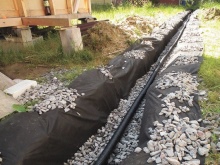
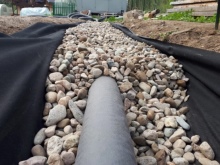
Having completed all these works, you can easily create the necessary drainage structures on the site with your own hands, solve the problem of poor moisture permeability through dense soil layers.

What can be replaced?
Instead of gravel, other bulk materials can be used to backfill the drainage pipe. Broken brick or concrete chips are suitable as a filler for 3-5 years. The expanded clay backfill copes well with this task, especially if the soil is not too dense. When choosing a filler, it is important to remember that its fractions should have dimensions that correspond to similar parameters of crushed stone. Too large particles of stone will quickly pass water without retaining pollution.
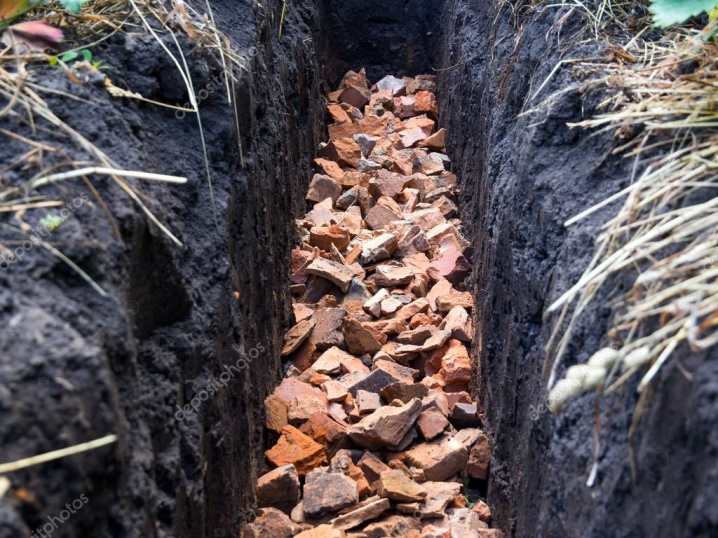













The comment was sent successfully.